The challenge of natural hazards
Natural hazards - AQA
The two main types of natural hazards are tectonic and climatic. Natural hazards can have economic, social and environmental consequences. The risks of these occurring can vary greatly.
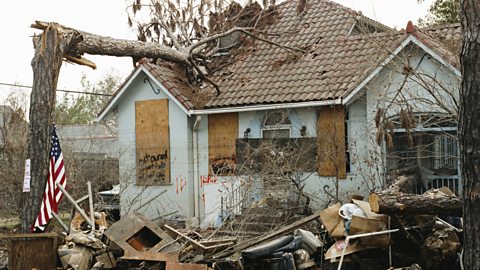
Plate margins and plate tectonics - AQA
Earthquakes and volcanic eruptions affect people all over the world. They are caused by the movement of tectonic plates. Tectonic hazards can destroy buildings, infrastructure and cause deaths.
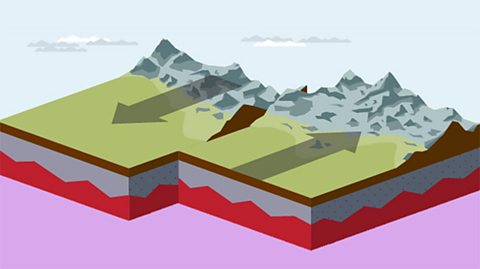
Earthquakes - AQA
Earthquakes are caused by the release of built-up pressure at plate margins. They can destroy buildings and infrastructure, with devastating and deadly effects.
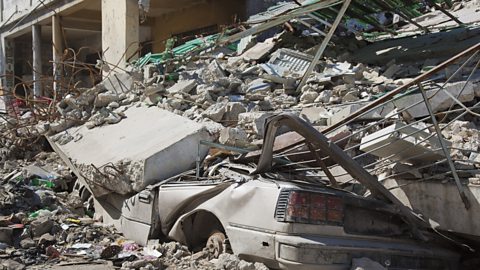
Volcanoes - AQA
Composite and shield volcanoes are found along plate margins. They have distinctive characteristics and can have both positive and negative effects on people and the landscape.
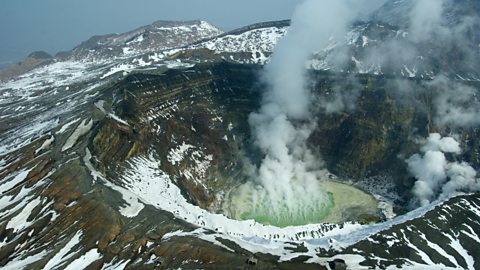
Tropical storms - AQA
Tropical storms are immensely powerful and can travel up to speeds of 65 km/h. Resembling large whirlpools, they are made up of rotating, moist air, with wind speeds that can reach over 120 km/hr.

Is weather in the UK becoming more extreme? - AQA
Depressions and anticyclones determine the weather in the UK. The most common weather is rainfall. The effects of prolonged heavy rainfall can lead to many negative impacts on people.

Climate change - AQA
Evidence has shown that Earth鈥檚 temperature is rising due to an increase in greenhouse gases. This has created and will continue to create, a number of negative effects.
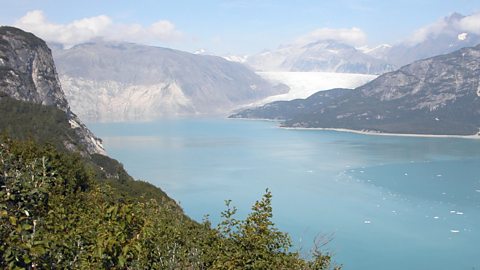
Links
- External linkExternal link
- External linkExternal link
- External linkExternal link
- SubscriptionSubscription
- External linkExternal link
- External linkExternal link